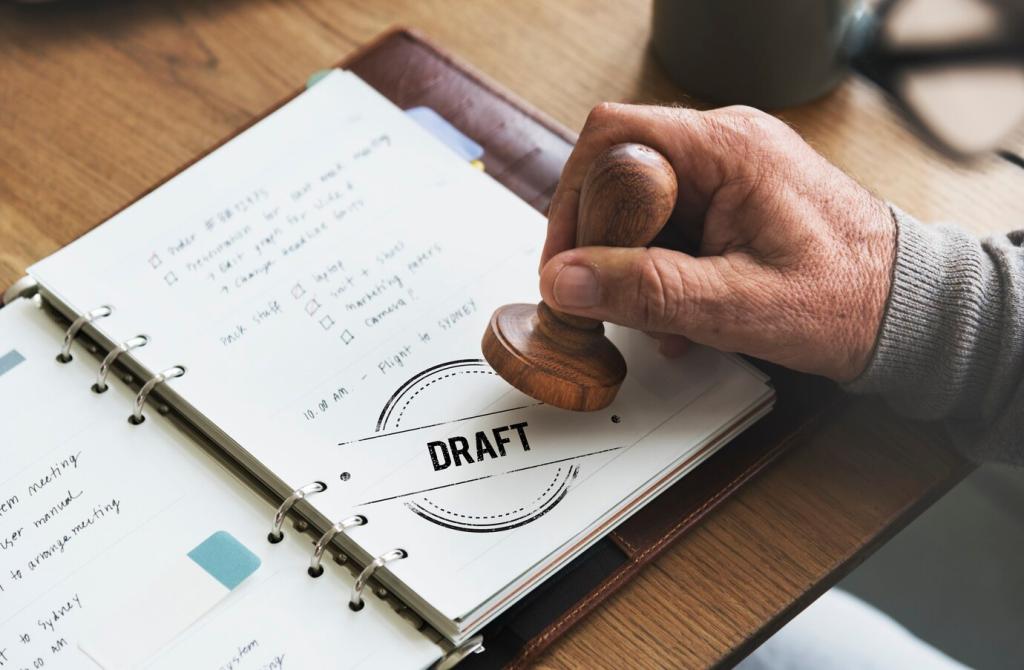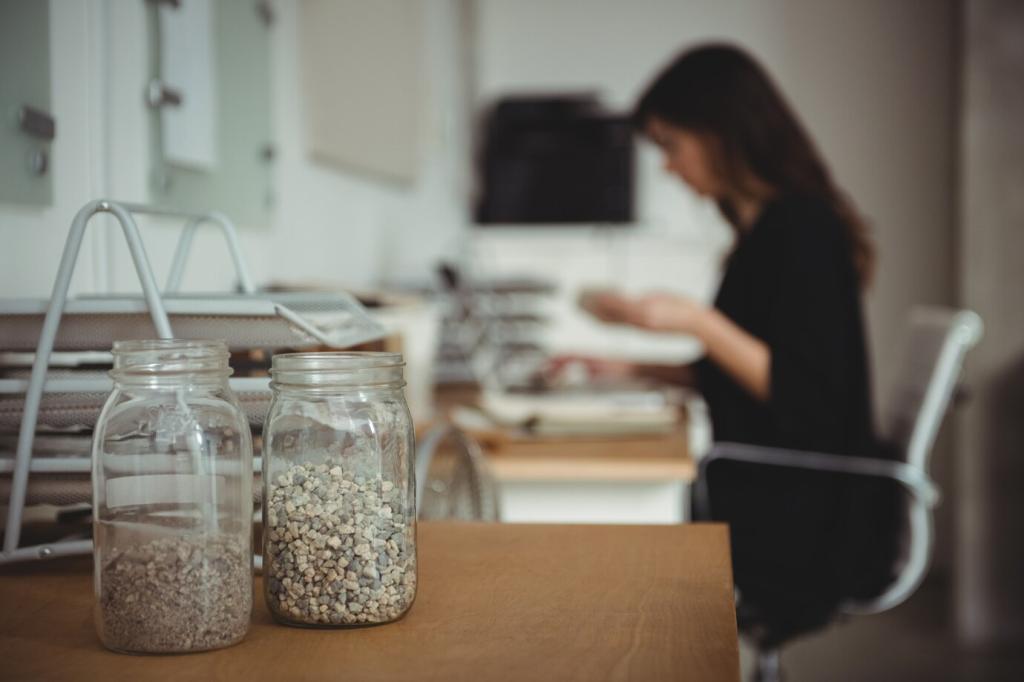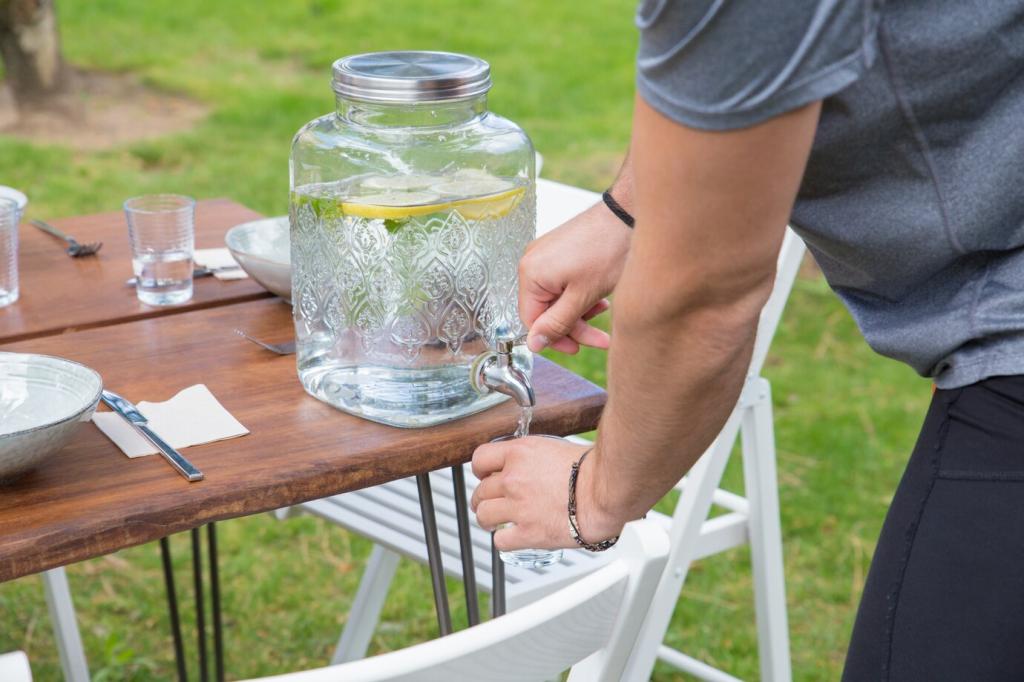Color Revival: Matching, Layering, and Sealing
Match the lightest surrounding tone first, then glaze toward darker lows. Add a touch of warmth for sun-faded browns or cool down smoky blacks with blue undertones. Share your formulas; others love learning from real-world mixes.
Color Revival: Matching, Layering, and Sealing
Multiple translucent layers beat one heavy pass, preventing blotches and preserving natural grain. Rotate cushions while drying to avoid dust settling. Comment with your drying times, and we’ll help balance humidity and airflow.




